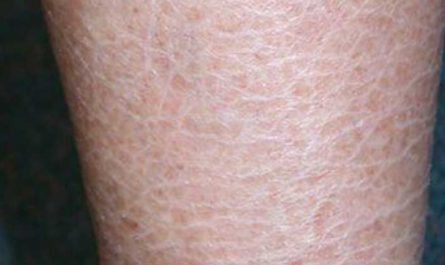Hollow fiber filtration is a technique used for filtration of liquids using hollow membrane fibers. It is used for applications such as concentration and purification of biomolecules and filtration of particulates. The hollow fiber filters are available in various pore sizes for separation of proteins, DNA, aggregates and other biomolecules. The hollow fiber technology offers various advantages like compact size, low operational cost and high throughput. Its ability to effectively separate biomolecules with high selectivity makes it ideal for biopharmaceutical applications such as protein purification.
The Global Hollow Fiber Filtration Market Size is estimated to be valued at US$ 395.2 MN in 2024 and is expected to exhibit a CAGR of 14% over the forecast period 2024 to 2031.
Key Takeaways
Key players operating in the Global Hollow Fiber Filtration market are Sartorius AG, Repligen Corporation, Danaher Corporation, Merck KGaA, Asahi Kasei Corporation, Parker Hannifin Corp, Cole Parmer, Sterlitech Corporation, Synder Filtration, Inc., Meissner Filtration Products, Inc., KURARAY CO., LTD., Evoqua Water Technologies LLC. , The Envirogen Group and Cobetter.
The key opportunities in the market include rising investments for development of biopharmaceutical industry and growing demand for modular and scalable solutions for bioprocessing. Various technological advancements like development of hydrophilic hollow fibers, single-use hollow fiber filters and intensified hollow fiber modules are expected to drive the market growth.
Market drivers
The increasing demand for monoclonal antibodies and therapeutic proteins is a key factor expected to drive the growth of the hollow fiber filtration market. In addition, rising expenditure on healthcare and growing prevalence of chronic diseases globally are also boosting the adoption of biopharmaceuticals which in turn supports the use of hollow fiber filtration technique. Another major market driver is the wide acceptance of single-use technologies in bioprocessing that minimizes the operation cost while improving production flexibility.
Current challenges in the global hollow fiber filtration market:
The global hollow fiber filtration market has witnessed steady growth over the past few years. However, there still exist a few challenges which need to be addressed. Production of hollow fiber membranes is a complex process which requires high precision and quality control. Ensuring zero defects during manufacturing remains a key challenge. Another issue is the filtration efficiencies of hollow fiber membranes are susceptible to fouling over prolonged usage. Development of more advanced materials which are resistant to fouling can help address this challenge. In addition, the market still lacks standardization in terms of specifications and performance metrics. Lack of common standards makes it difficult to benchmark membranes from different vendors. Addressing these issues through innovative solutions can help unlock the market’s full growth potential in the coming years.
SWOT Analysis
Strength: High versatility and ability to cater to wide range of filtration applications. Hollow fiber membranes offer large surface area to volume ratio for efficient separations.
Weakness: Initial capital costs for setting up hollow fiber membrane plants are high. Susceptible to fouling over extended usages.
Opportunity: Growing demand for water and wastewater treatment applications presents major opportunities. Increasing R&D towards novel materials can further enhance performance of hollow fiber membranes.
Threats: Stiff competition from other separation technologies like spiral wound, plate & frame, and TFF poses threats. Stringent regulations regarding wastewater discharges also act as a threat.
In terms of value, North America accounts for the largest share in the global hollow fiber filtration market, followed by Europe. This is attributed to the presence of many key players and the rising demand for biotherapeutics in these regions. However, Asia Pacific is poised to witness the fastest growth over the coming decade. Rapid industrialization and stringent environmental regulations in countries like China, India are driving hollow fiber membrane installations across sectors. Growing awareness about water reuse and recycling is also fuelling adoption in Asia Pacific region.
Geographically, the Asia Pacific region has emerged as the fastest growing market for hollow fiber filtration. The rapidly expanding biopharmaceutical, food & beverage, and industrial sectors are generating massive demand for hollow fiber filtration systems in countries like China, India, Japan and South Korea. In addition, increasing investments towards development of advanced water treatment infrastructure will continue to propel the APAC hollow fiber filtration market. China already accounts for over 30% of the global hollow fiber filtration demand and is likely to lead growth through 2031.
*Note:
1. Source: Coherent Market Insights, Public sources, Desk research
2. We have leveraged AI tools to mine information and compile it



